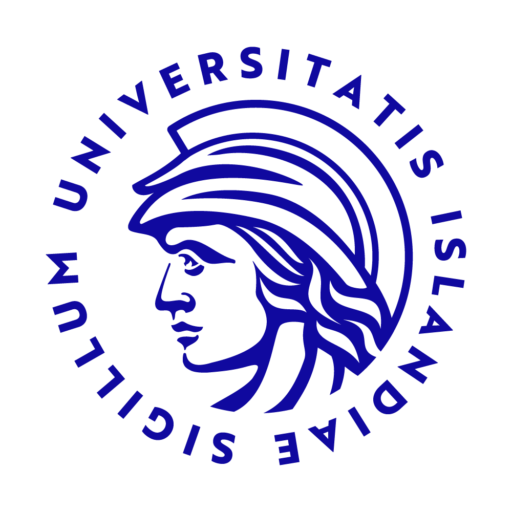Main author: Linda Viðarsdóttir
Institution or Company: Háskóli Íslands
Co-Authors, Institution or Company:
Stefán Sigurðsson, Háskóli Íslands. Katja Pokrovskaja, Karolinska Institutet.
Introduction: Acute lymphoblastic leukemia (ALL) is the most common pediatric malignancy and has a 5-year survival rate of 90%, however, despite good prognosis a proportion of patients will relapse and some will suffer lifelong adverse side effects from chemotherapy. The disease is genetically heterogeneous and is further divided into more than 10 different subgroups characterized by recurring genetic abnormalities. To date, treatment regimen rely mostly on these recurring genetic abnormalities but increased understanding of the disease could lead to better stratification of subgroups resulting in optimized cancer therapies or new therapeutic drugs. Noncoding RNAs that exceed 200 nucleotides are classified as long noncoding RNAs (lncRNAs) and in recent years their function has been elucidated revealing roles in transcription, translation and chromatin state. There has been increasing evidence for the involvement of lncRNAs in hematological malignancies, both contributing to leukemogenesis and as biomarkers for diagnosis and therapeutic response. The overall aim of this project is to improve our understanding of molecular mechanism of lncRNAs in pediatric ALL.
Methods: We have sequenced 49 pediatric patient samples and from our sequencing data we have selected lncRNAs that are highly expressed in ALL subgroups and have a strong correlation with their protein coding counterpart. We will use various molecular techniques. In addition, we will investigate the candidate lncRNAs expression in relation to clinical parameters and response to chemotherapeutic drugs.
Results: We have identified a lncRNA, FGD5-AS1, by using our RNA sequencing data set from ALL patients. Knockdown of FGD5-AS1 in HOS-GFP-LC3 cells (read-out for autophagosome formation) used for monitoring autophagy had a pronounced inhibitory effect on autophagy in basal conditions, upon mTOR inhibition or upon starvation, similarly to knockdown of Vps34.
Conclusions: FGD5-AS1 is a highly expressed lncRNA in ALL subgroups and our preliminary data indicates to be a regulator of autophagy.

